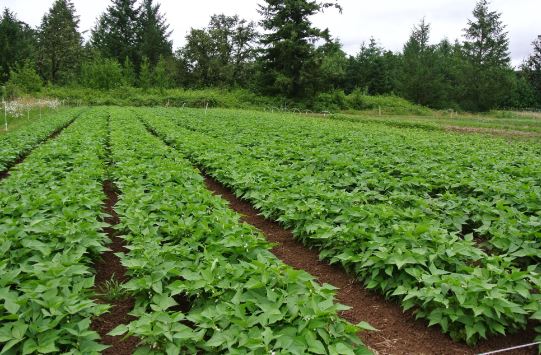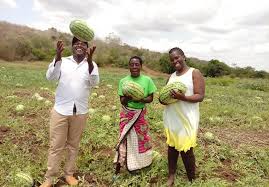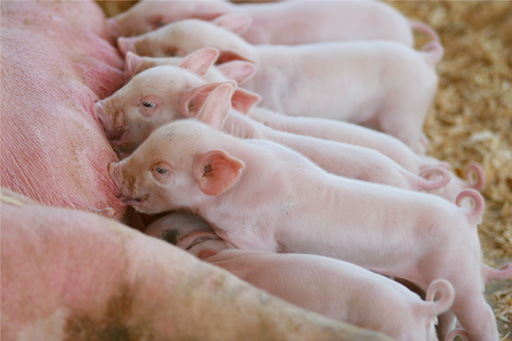Smallholder farmers in Kenya can beat the current drought effects by growing drought tolerant beans that require less water and mature in two months ready for harvesting.
According to the Kenya Meteorological Department, the long season rains which normally begin from March to May have delayed due to the tropical cyclone Idai which has redirected moisture away from the East African region.
“KAT Bean 9, KAT Bean X69, KAT Bean 1 and KAT Bean X65 mature within two months, as opposed to normal varieties which take up to 90 days, the varieties withstand water shortage even in states where ordinary varieties cannot survive,” said David Karanja, Kenya Agricultural and Livestock Organisation National Coordinator for Grains and Legumes.
The export market, especially to the European Union, remains lucrative with a total demand exceeding 30,000 metric tonnes per year.
Related content
University drop out makes over Sh0.5m net income a season from French beans farming
Heat tolerant beans that fight climate change
Bidco Africa looking for 25,000 farmers to grow sunflower and soya beans
Beans at the flowering stage.
Karanja said the new varieties are an opportunity for both small and large-scale farmers to reap returns within the shortest time possible.
In this, a farmer can harvest between 400 kg and 700 kg from one acre. And prices of the beans would be higher by about 20 per cent when compared to the ordinary breeds in the market. The beans are preferred for export after packaging, canning and saucing.
“When digested the beans cannot cause flatulence when compared to other varieties, they are also easy to prepare into snacks after pre-cooking,” said Karanja.
“Urban populations do not have much time to cook beans, but the varieties are handy- they cook for maximum of 15 minutes compared to two hours for the ordinary ones. The pre-cocked characteristic makes them energy and time efficient, therefore, standing out from the rest,” he said.
According to the 2018 Economic Survey report, production of beans increased by 16 per cent from 8.1m bags in 2016 to 9.4mbags in 2017.
Write comment (0 Comments)





 Piglets. Photo courtesy.
Piglets. Photo courtesy.










